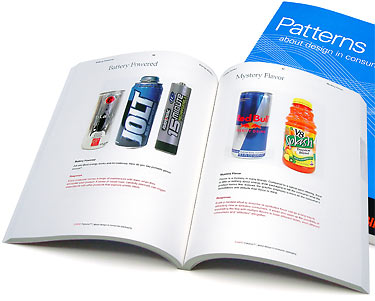On Tuesday I posted Get Satisfaction, Or Else. The post detailed how we felt Get Satisfaction misled our customers into thinking the Get Satisfaction site was an official place to get 37signals customer service and support. The post brought out passionate responses on both sides of the issue.
First, credit is due to Get Satisfaction (“GS” from now on) for taking this situation seriously. They’ve quickly acknowledged some of the issues that we brought up, and they’ve begun to make some changes.
Some of the changes they’ve made are detailed in their two subsequent blog posts (“kissing and making up” and “an open letter to Jason Fried”). We appreciate those efforts. Just a reminder though… This isn’t about me or 37signals – it’s about our customers and every company’s customers that are confused by an unofficial Get Satisfaction page.
We hope more changes are on the way. Deeper, comprehensive changes that go beyond a few adjustments on the surface. We understand deeper changes take time. Their early response give us hope that they’ll continue to make the changes necessary to remove all potential customer confusion.
Why we care about the customer experience
I thought I would use this opportunity to talk about what customer experience means to us and why we’re upset about this GS situation.
A customer experience is the sum total of a bunch of small experiences. Logos, words, brand names, copywriting, interface design, functionality, trust, expectations, suggestions, follow-throughs. All of these things point somewhere. In the case of the GS pages, they point to an official place to get answers, report problems, share ideas, and get “Customer Service & Support” from the company in question.
The problem is that GS pages look, act, read, and feel official. And for some companies they are. GS is a useful tool for companies that choose to use it. But check out the difference between a page for a company that chooses to use GS and a page for a company that has no idea what GS is. Tiny tiny differences I bet 9 out of 10 of people hitting that page would never notice.
A small disclaimer in 9px text in the top right, and a single mention of “Unofficial” near the top of the page don’t go nearly far enough to make this absolutely, without-a-doubt-clear that this is not a company-supported or official place to get help. You should be smacked in the head with either “This is official!” or “This is not official. The real official place is over here…” Big, bold, colorful, impossible to miss. It should be the clearest thing on the page, and people should be reminded of it often (like right after they post a question).
Is Get Satisfaction a slogan? A company?
Remember that most people who hit a GS page don’t know who GS is. They didn’t search for Get Satisfaction, they searched for a company or product name to get customer service or support. A customer recognizes our company name on the page, but they don’t know who GS is. Is GS even a company? Or is it a tag line? “37signals: Get Satisfaction” on a support page seems like a reasonable interpretation. If GS is going to host pages for 14,000+ companies, the burden of absolute clarity is on them.
So when GS puts up a page unknown to us that uses our logos, our brand, and our product names, and then combines it with phrases such as “Customer Service” and “Customer Support”, I get upset. And when I see customers who’ve been misled to think this is an official place to get support (because of the names and logos and wording), I get upset. And when I see our customers that have asked questions with the clear expectation of getting an official answer, I get really upset. None of our customers should be confused by a third-party using our names, brands, etc. Period.
How our customers could be confused
Let’s look at this from a customer’s perspective. Let’s assume they hit the 37signals Get Satisfaction page from a Google search. Different combinations of searches for “37signals” and “customer service” or “support” bring Get Satisfaction’s page as high as #3.
Continued…












